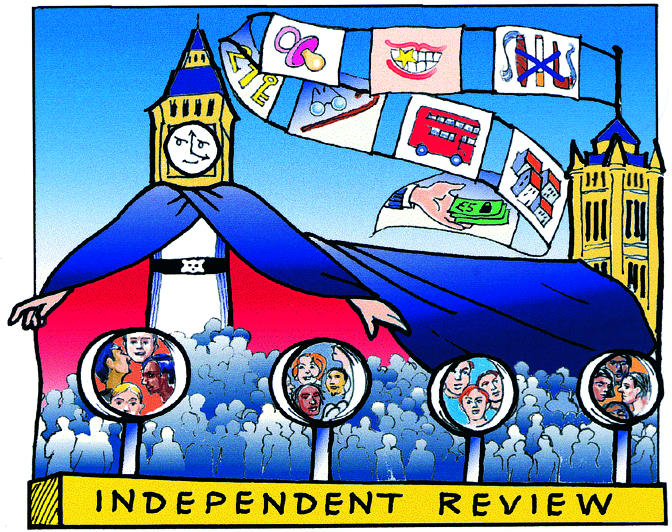Editor—Davey Smith et al have identified some problems with evidence based decision making in health care.1 Nevertheless, when these are set against the deficiencies of much current (non-evidence based) decision making, evidence based decision making still compares favourably.
Administrators, facing complex allocation choices within tight budgets, are inclined to focus on economic notions of efficiency and fair play. The rationale is: “If it's not too expensive and seems to help a disadvantaged group we might be prepared to pay for it.” When people are presented with a problem (often the solution is presented first, implying that there must be a problem) they gather whatever information will confirm the merit of the intended intervention as quickly as possible. Inequalities in health are not remedied, nor the health of the population as a whole benefited, by this short term damage control.
Computed tomography is important in examining efficacy (the safety and benefits of treatments used under ideal conditions). But to be of value to policymakers, research should seek to identify evidence supporting effectiveness (whether an intervention is likely to do more good than harm in routine use). The evidence needed for sound policymaking should thus be much more comprehensive than attempts to extrapolate dubious principles from the findings of computed tomography.
Evidence based decision making is, fundamentally, the process of ensuring that the right questions are asked. Is an intervention safe and effective (will it do more good than harm)? Who needs it? Can it be provided under conditions of equal accessibility? Who is the population at risk, and what are the relevant clinical and social determinants? What change may be expected in the burden of disease? What are the social consequences (what are the implications in power and dominance issues, and what public and private interests are being served)? If decisions are based on such comprehensive evidence then the budgetary issues that follow will be much more accurately circumscribed.
Tools exist that can synthesise such data to scientific standards and provide logical and defensible conclusions about impacts on a system, a population, and society.2 Decisions can be then be made that are based on meaningful comparison with interventions competing for the same budget.
Ultimately, the aim of decision making in health care should be to achieve not equal health standards (however low the ceiling) but good health for all population groups–or, to put it another way, the best care for the greatest number of people.

SUE SHARPLES
References
- 1.Davey Smith G, Ebrahim S, Frankel S. How policy informs the evidence. BMJ. 2001;322:184–185. doi: 10.1136/bmj.322.7280.184. . (27 January.) [DOI] [PMC free article] [PubMed] [Google Scholar]
- 2.Kazanjian A, Green CJ, Bassett K, Brunger F. Bone mineral density testing in social context. Int J Technol Assess Health Care. 1999;15:679–685. [PubMed] [Google Scholar]


